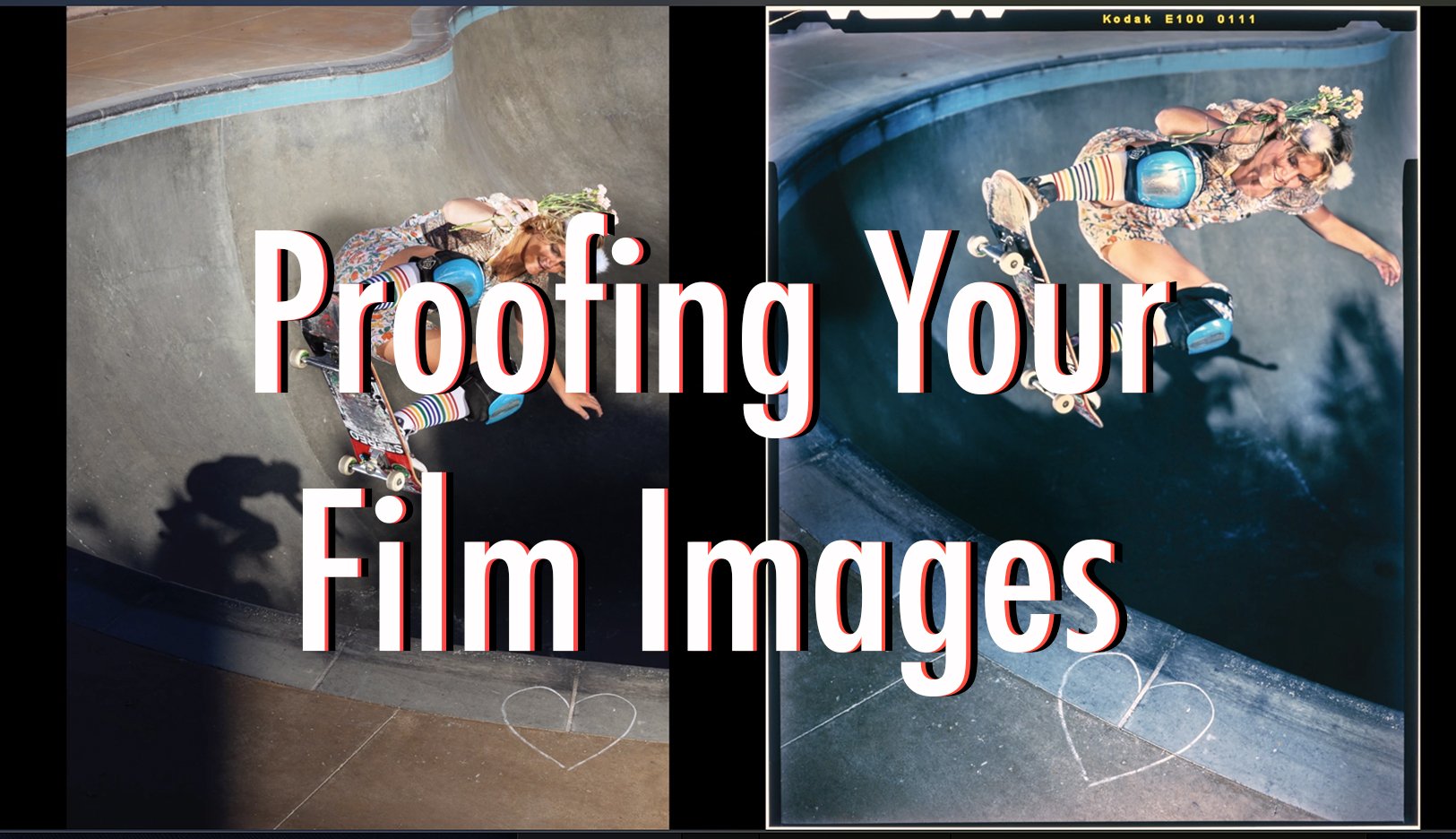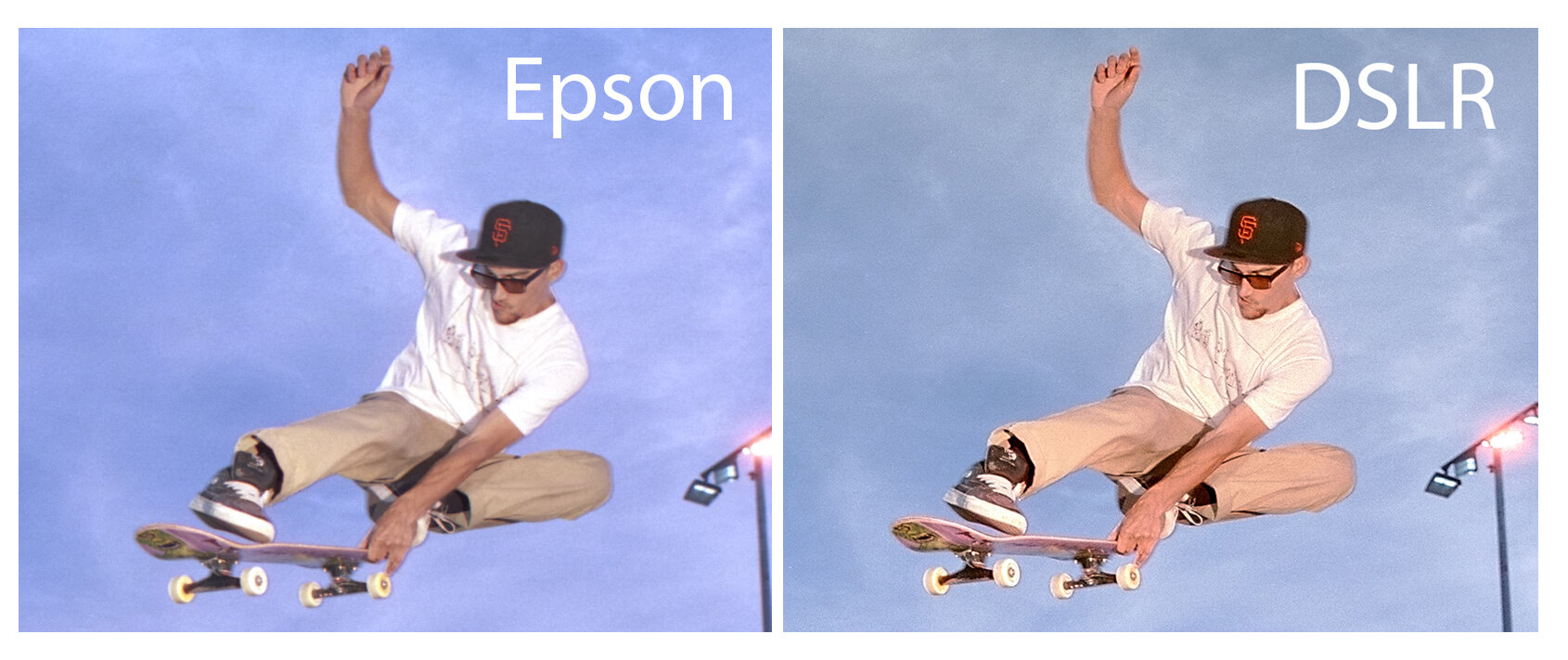In this article, I’ll be discussing the idea of taking digital test shots to serve as a proof of your film images. Whether you’re shooting 110, 35mm, 120, 4x5, 8x10, or larger… this technique can help you get the most out of your film photography.
In commercial photography of the past, back when film was still used… polaroid was an indispensable tool. Saved tons of money for clients and allowed to preview what your image would look like when you got it back from the lab.
These days, the polaroid (and fujifilm) instant film for these methods doesn’t exist anymore. My favorite to use was FP-100c for proofing and found it to be an extremely inspiring way to work. And while fujifilm instax exists, its not really ideal for proofing since there aren’t readily available film backs that maintain the same film plane as the conventional film. Really enjoy using my Lomograflok instax wide back for my 4x5 camera… but the film plane difference, makes me prefer the method we’re about to discuss…. THE DIGI-ROID!
The concept is simple. If you have a digital camera, set the ISO to the same as your film speed… and take a test shot. It’s truly as easy as that!
With this said… It does take some getting used to and you’ll want to test things out. For instance, I’ve found Kodak Portra 160 to be best when I set my Canon 6D to ISO 100. For Kodak Ektachrome, ISO 50 (or ISO 50L) has worked the best, despite the ISO 100 rating of that film. You’ll want to do your own testing, since each digital camera will be slightly different. You can also go as far as to make a custom picture style (or color profile) with your digital camera, to allow for the most accurate proofing of your film images.
This method is incredibly useful for those who enjoy using flash for their images. When working with off camera lighting, a light meter can only provide you with what settings to use. It cannot give you a proof image of what your light will actually look like when it hits your subject. I’ve often times found, that my subject gets really excited for the proof images, and gives it their all when it comes to the film.
Worth mentioning that, for those using a leaf shutter camera… you’ll sometimes need to exceed your sync speed on your focal plane shutter digital camera. For those instances, I just put my subject into the area that IS illuminated by my flash, and ignore the area that is darkened from the focal plane shutter cutting off the light.
There’s really no set answer I could give you in regards to what ISO on your digital camera, will match the film stocks you shoot. Best method for testing would be to shoot the same images (with the same aperture / shutter speed ) on your digital camera, setting different ISO ratings… and find which matches up to the film images you get with different film stocks that you regularly shoot.
Below are some examples of this method. All digital images are shot with a Canon 6D, and the film images vary… but are typically shot with a Graflex Speed Graphic or Canon EOS 1N.
For More info, check out the youtube video below



























































































